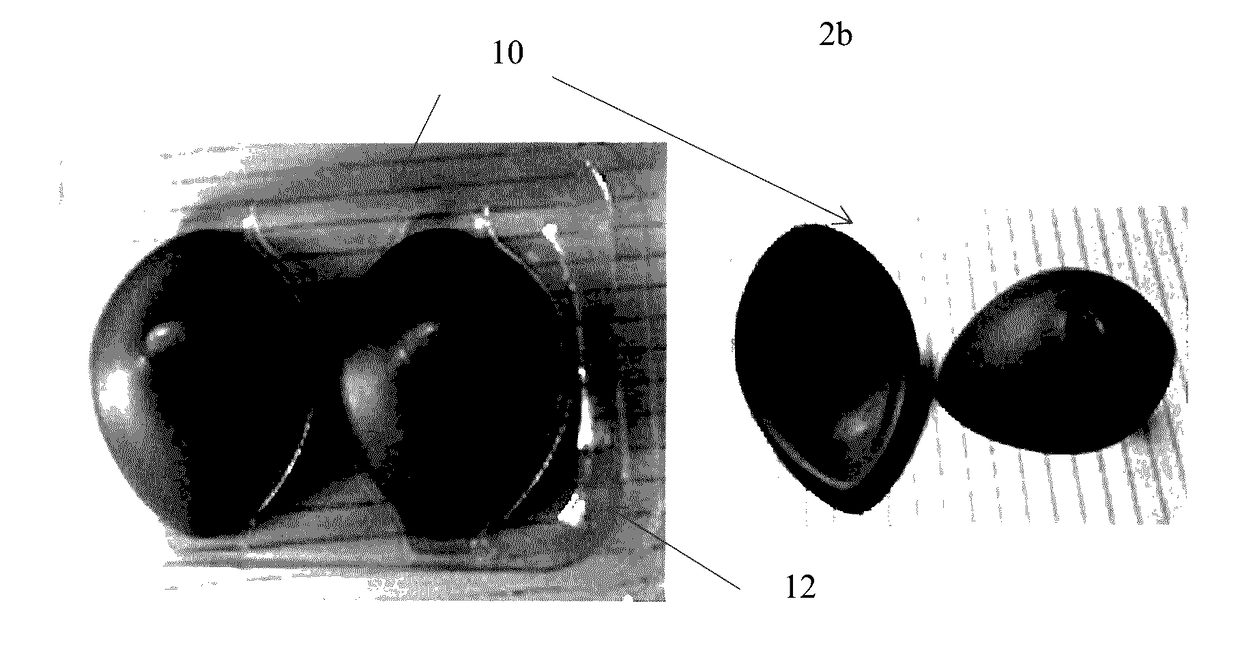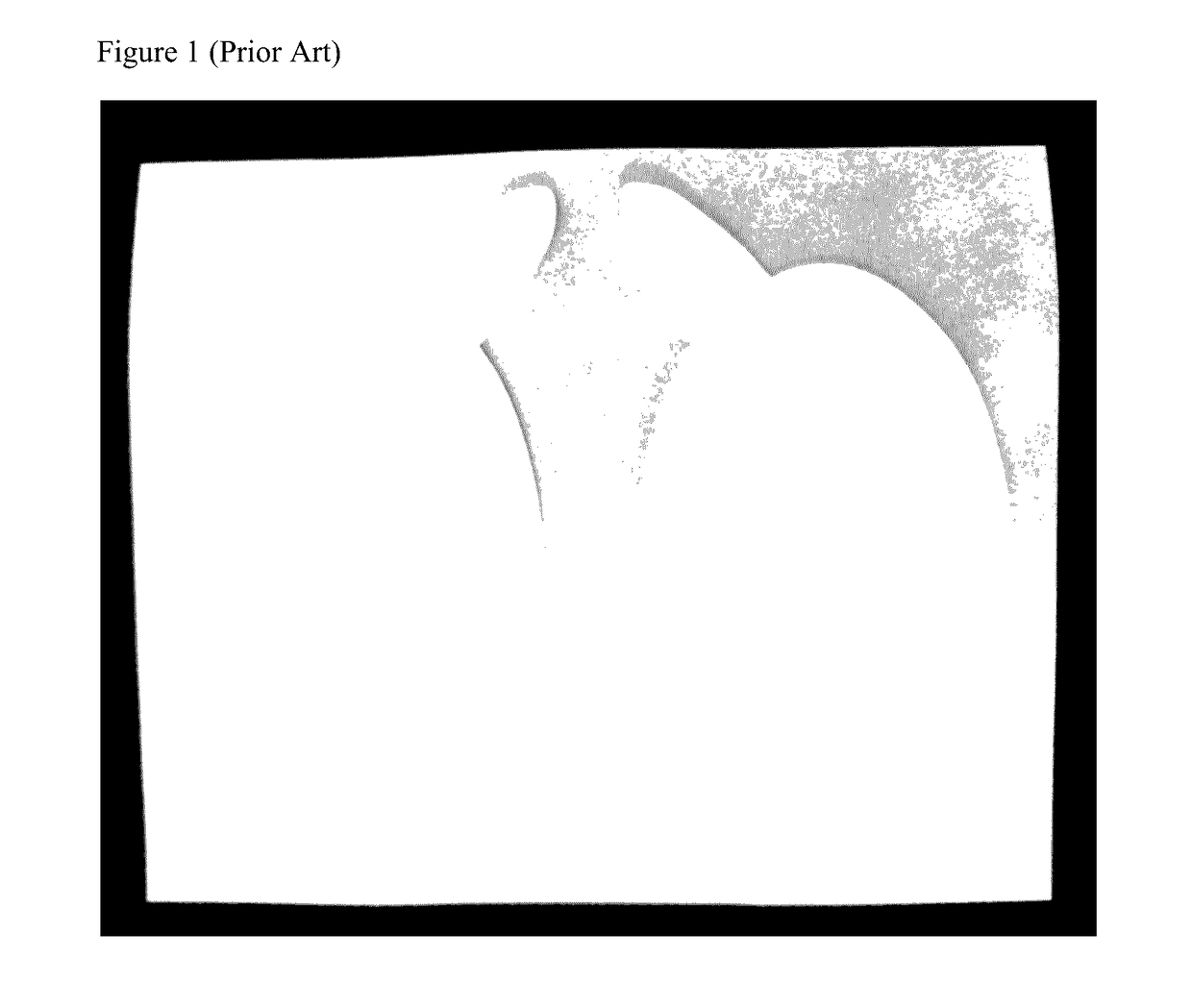Patient Eye Protection Device For Dermatology, X-Ray, and General Anesthesia Procedures
a technology for dermatology, x-ray and general anesthesia, applied in the field of eye protection covers, can solve the problems of presenting potential hazards to the eyes of patients, and affecting the patient's vision, and causing damage to the patient's eyes
- Summary
- Abstract
- Description
- Claims
- Application Information
AI Technical Summary
Benefits of technology
Problems solved by technology
Method used
Image
Examples
Embodiment Construction
[0028]The purpose of the present invention, in its various forms, is to protect the eyes of a patient undergoing dermatological procedures, x-ray procedures, general anesthesia, as well as other treatments such as those common to health spas such as tanning, facials, and other similar and related fields of use.
[0029]The invention consists of an injection molded silicone eye cup, or cover. The eye cover is three dimensionally shaped to fit within the eye socket of the patient.
[0030]FIG. 2a shows a top view of the eye cover 10. The cover is initially provided releaseably secured to a casing 12, such as the plastic casing shown in FIG. 2a. The eye cover can be removed from the casing just prior to application. Alternatively, they eye cover 10 can be packaged in a heat sealed foil pouch, which eliminates the need for a releasably secured casing. The outer portion of the inside edge of the eye cover 10 is coated with an adhesive, which will also hold the eye cover 10 in place when applie...
PUM
 Login to View More
Login to View More Abstract
Description
Claims
Application Information
 Login to View More
Login to View More - R&D
- Intellectual Property
- Life Sciences
- Materials
- Tech Scout
- Unparalleled Data Quality
- Higher Quality Content
- 60% Fewer Hallucinations
Browse by: Latest US Patents, China's latest patents, Technical Efficacy Thesaurus, Application Domain, Technology Topic, Popular Technical Reports.
© 2025 PatSnap. All rights reserved.Legal|Privacy policy|Modern Slavery Act Transparency Statement|Sitemap|About US| Contact US: help@patsnap.com



